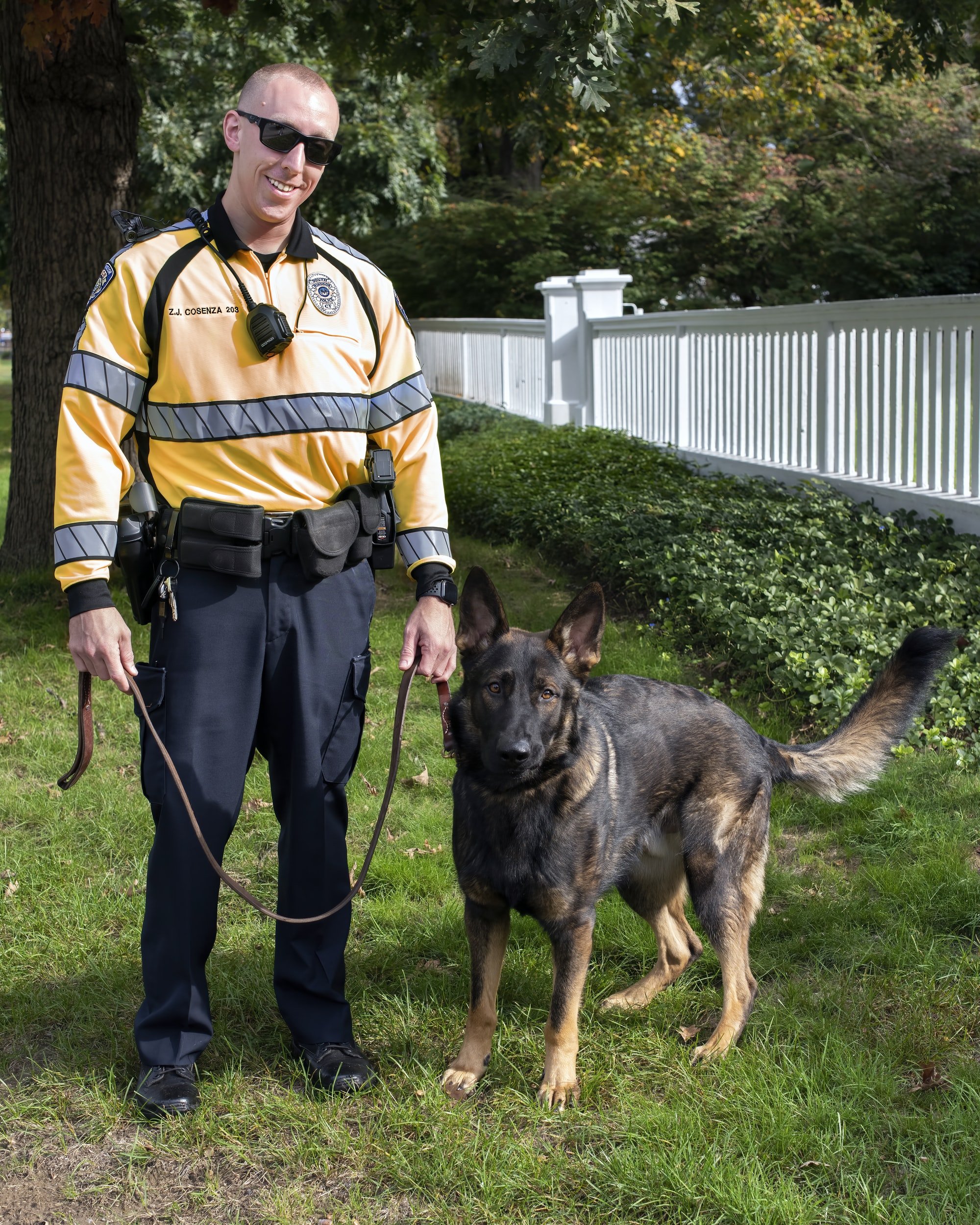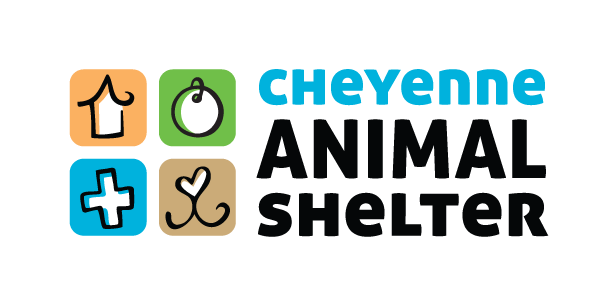
ANIMAL CONTROL
To request a welfare check on an animal, report a loose or injured animal, report an animal bite or file a complaint about an animal, please contact Animal Control Dispatch at (307)637-6206 or after hours (307)637-6524.
If you have a life-threatening emergency, please contact 911.
LAWS & ORDINANCES
Learn about the local laws in your jurisdiction here:




